Legend of the Origin of Coffee in Ethiopia: how do Yega Xuefei Dingding Coffee beans taste?
Many coffee lovers regard Ethiopian coffee as their favorite. In their eyes, the fruity and floral Ethiopian coffee beans are always the winners. There is no doubt that for many years, Ethiopian coffee has been the most acclaimed coffee bean in a single producing area in the world. As the fifth largest coffee producer in the world, Ethiopia has mastered the art of harvesting and processing coffee beans, and its flavor and taste are very complex and delicious. In order to meet the needs of coffee lovers, there are nine types of coffee from different producing areas in front of the street. After that, I will introduce the characteristics of nine kinds of coffee to you one by one. Before that, the front street will give you a brief introduction to the history of Ethiopian coffee.
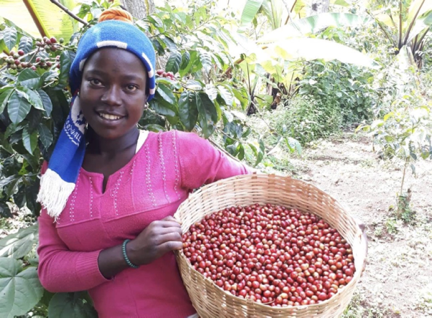
There is some debate about the origin of coffee in the coffee industry. Ethiopia claims to be the country of origin of coffee. So is Yemen.
Yemeni legend: therefore, the earliest confirmed origin of coffee is that Sufi monks were the first to drink coffee and demonstrate coffee knowledge in the mid-15th century. Legend has it that they imported coffee from Ethiopia and used these trees to make "wine". They claimed that the wine provided spiritual intoxication to their gods. With this legend, there is credible evidence, which can be regarded as confirmed. But here's the thing. If Ethiopia doesn't know the value, why export coffee trees?
Ethiopian legend: this leads to Ethiopian legends. Ethiopia is the more popular hypothetical coffee founder, but when you read it, keep in mind that this story is unfounded. The story is that a goat herdsman named Kaldi saw goats eating berries now known as coffee trees and observed that this made them particularly active. He reported the observation that people began to trade with these "magic" beans. There are more and more legends of this vibrant coffee bean, and by the 15th century, coffee had spread throughout the Arabian Peninsula.
According to botanical evidence, Arabica coffee originated in the highlands of southwestern Ethiopia, where it spread to Yemen and then around the world. Arabica coffee is endemic to the African mountain rainforest in Ethiopia, where wild coffee populations still grow in the highlands of the southwest and southeast. Studies have confirmed that, in a small range, the wild coffee plants in Ethiopia have higher genetic variability and lower genetic diversity than the wild coffee populations in Yemen. The high genetic diversity of Ethiopian coffee is due to the existence of the country's indigenous traditional coffee production system. Moreover, the high genetic diversity of coffee plants is due to Ethiopia's suitable altitude, adequate rainfall, suitable temperature and planting materials.
Either way, the coffee is delicious and everyone should thank the two countries for their contributions to the coffee.
Not surprisingly, Ethiopia has an ideal growing environment for producing quality coffee. High altitude and mountainous areas create excellent growth conditions. Ethiopia grows more than a thousand kinds of coffee beans. Because coffee trees grow naturally in Ethiopia, most coffee is in the shade and other plants and does not use pesticides. Experts believe that coffee was discovered sometime in the 9th century, making it nearly 1000 years old. Coffee consumption almost certainly begins with foods where people eat cherries and their seeds and experience the stimulating effects of caffeine. It is likely that the modern brewing process developed as people drew inspiration from the older tea tradition.
There is evidence that the first step in modern coffee is to grind the beans into a thick paste that is easy for travelers to pack and carry. The spread of this paste by word of mouth and trade is why coffee eventually spread from Africa to the rest of the world.
As these energetic coffee beans became more and more popular, coffee as we know it began to take shape, first as a wine-like fermented drink. It is not clear when coffee beans were roasted and brewed as they are today, but historians' best guess is sometime in the 13th century. It is often said that Ethiopian coffee is boiled, but in fact, this is not accurate. After coffee spread from Ethiopia to the region, coffee brewing began to become an Islamic ritual near Turkey.
Interestingly, some people speculate that the word "coffee bean" stems from the mispronunciation of "Kaffa" (where coffee is thought to be the birthplace of coffee) and "bunn" (coffee word in the local language). So "Kaffa bunn" becomes "coffee beans". Of course, the etymology of this type is difficult to determine accurately, but the similarity of the wording is astonishing.
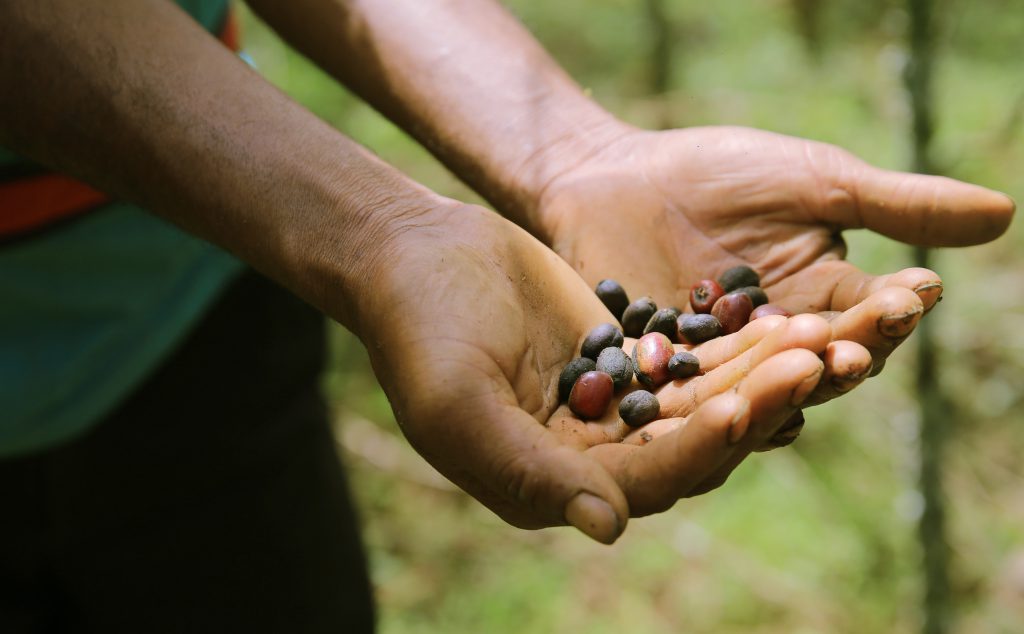
Today, coffee remains an important part of Ethiopian culture and economy. Coffee is Ethiopia's largest export and has a history of several decades. While Kaldi's story may be a bit exaggerated, calling Ethiopia the birthplace of coffee is not the case. Coffee originally originated in a relatively small part of Africa and has become a global phenomenon today through trade among early travelers.
Today, coffee production in Ethiopia is booming, and recent campaigns are helping to ensure that coffee cultivation is a viable way for Ethiopians to make a living. Ethiopian coffee is unique, even in African coffee, completely different from Central and South American coffee. Most coffee is produced by small farmers. Farmers can sell their coffee through the Ethiopian Commodity Exchange, which was set up by the government in 2008. ECX makes this possible through standardized procedures. Once brought to ECX, coffee from similar areas is mixed and sold. The problem with ECX is that it makes it very difficult to trace coffee back to specific farms, which is important for professional coffee roasters. However, as of March 2017, the new policy allowed farmers to store coffee separately before the auction and to buy it directly through separate washing stations. This will enable companies to find better coffee and build relationships for future coffee purchases.
This transparency also encourages farmers to invest in their methods and produce better coffee. Since coffee will be sold without mixing with other coffee beans, it will only be priced according to its quality. The better the taste, the higher their price is likely to be.
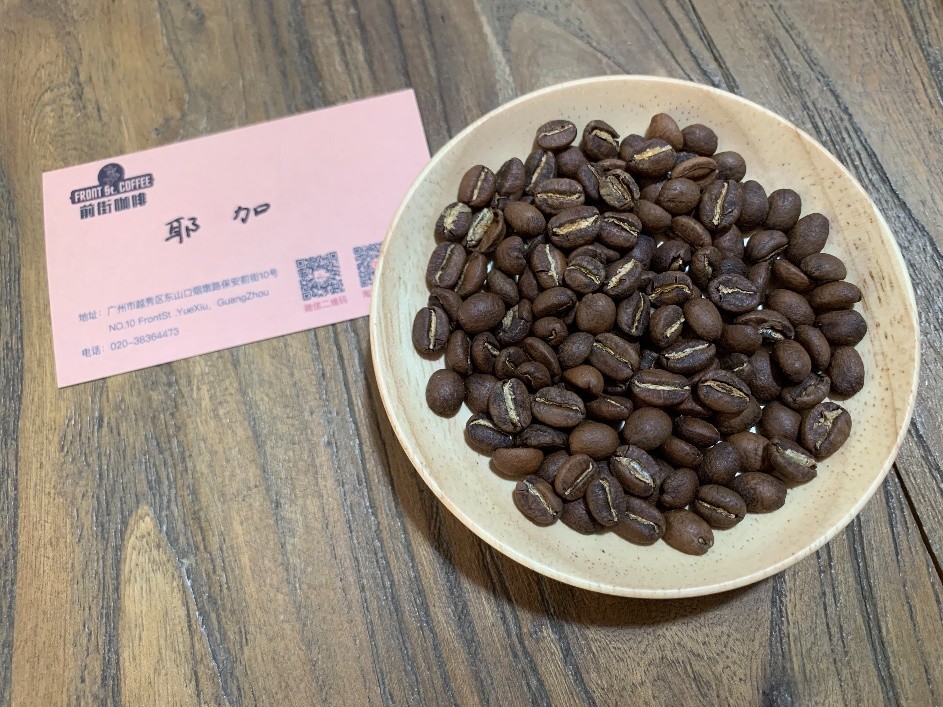
In this article, Qianjie traces the history of Ethiopian coffee, as well as the history of coffee itself. We concluded with an overview of our previous street Essex coffee with some brief brewing suggestions.
Take Yega Xuefei Ding Ding in front street, for example, using water washing treatment, cinnamon baking degree. There is a hint of jasmine, obvious citrus flavor in the mouth, obvious sweetness of caramel, outstanding tea taste and clean and bright taste.
Recommended cooking method: hand flushing
Filter cup: v60 filter cup
Water temperature: 90-92 °C
Amount of powder: 15g
Powder / water ratio: 1:15
Degree of grinding: medium and fine grinding (Chinese standard No. 20 screen pass rate 80%) flushing and cooking method: segmented extraction
Steam with 30 grams of water for about 30 seconds, when 125 grams of water is injected around the center of the small flow, continue to inject water to the end of 225 grams when the water level is about to expose the powder bed, and remove the filter cup when the water level is about to expose the powder bed. The extraction time is 2 minutes 39 percent 00 ".
Important Notice :
前街咖啡 FrontStreet Coffee has moved to new addredd:
FrontStreet Coffee Address: 315,Donghua East Road,GuangZhou
Tel:020 38364473
- Prev
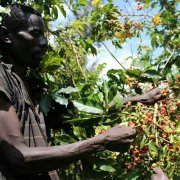
Does the growing environment of Daquan coffee affect the quality and flavor of coffee beans growing countries and producing areas in the world?
The ideal conditions for the growth of coffee trees all over the world are located in the equatorial zone between 25 degrees north latitude and 30 degrees south latitude, known as the bean belt. Fussy Arabica coffee grows best in high-altitude fertile soil, while healthier robusta coffee prefers higher temperatures and thrives on lower ground. What affects coffee?
- Next
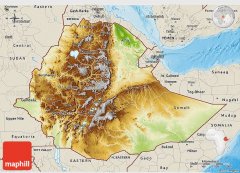
The advantage of planting coffee beans? kaffa discovered coffee for the first time
Ethiopia is known for its diverse topography, ranging from about 100m below sea level in the Danakir depression to 4600 m above sea level in the Semian Mountains. It has a variety of geographical subregions, from the dry sandy deserts of the far east to the dense tropical jungles of the southwest. It has amazing special terrain. It consists of mountains, plateaus and between these mountains.
Related
- Detailed explanation of Jadeite planting Land in Panamanian Jadeite Manor introduction to the grading system of Jadeite competitive bidding, Red bid, Green bid and Rose Summer
- Story of Coffee planting in Brenka region of Costa Rica Stonehenge Manor anaerobic heavy honey treatment of flavor mouth
- What's on the barrel of Blue Mountain Coffee beans?
- Can American coffee also pull flowers? How to use hot American style to pull out a good-looking pattern?
- Can you make a cold extract with coffee beans? What is the right proportion for cold-extracted coffee formula?
- Indonesian PWN Gold Mandrine Coffee Origin Features Flavor How to Chong? Mandolin coffee is American.
- A brief introduction to the flavor characteristics of Brazilian yellow bourbon coffee beans
- What is the effect of different water quality on the flavor of cold-extracted coffee? What kind of water is best for brewing coffee?
- Why do you think of Rose Summer whenever you mention Panamanian coffee?
- Introduction to the characteristics of authentic blue mountain coffee bean producing areas? What is the CIB Coffee Authority in Jamaica?

